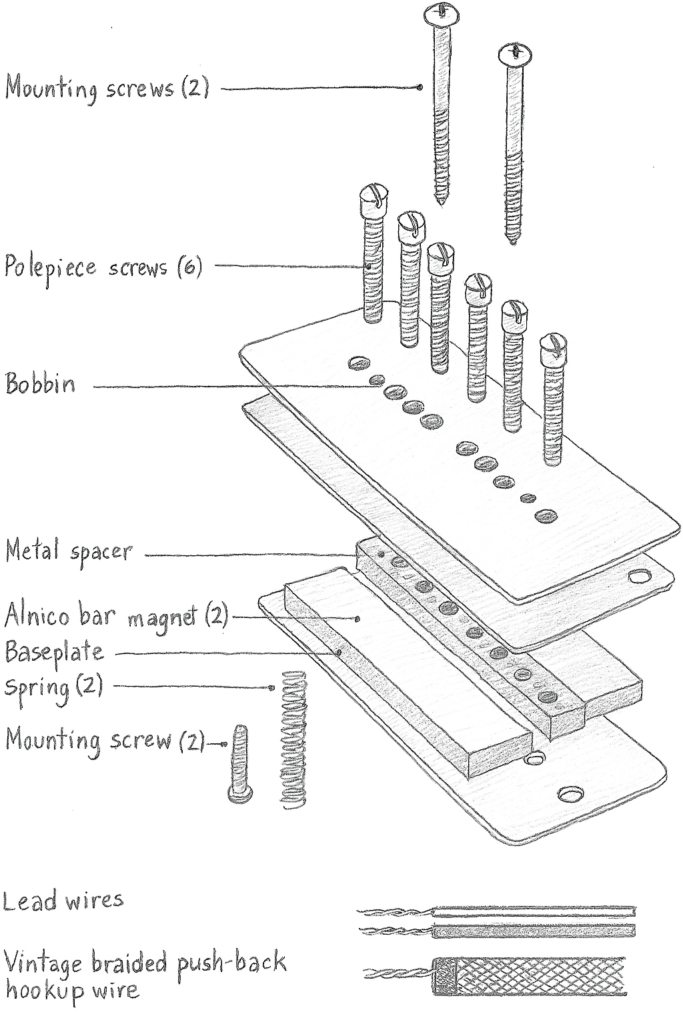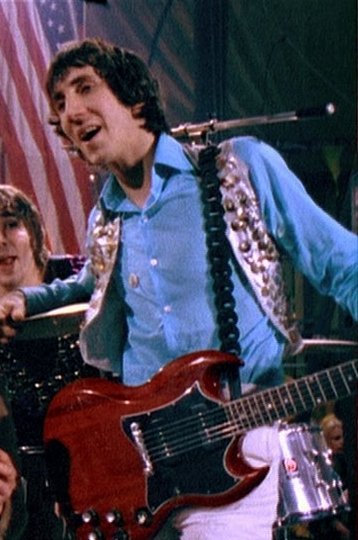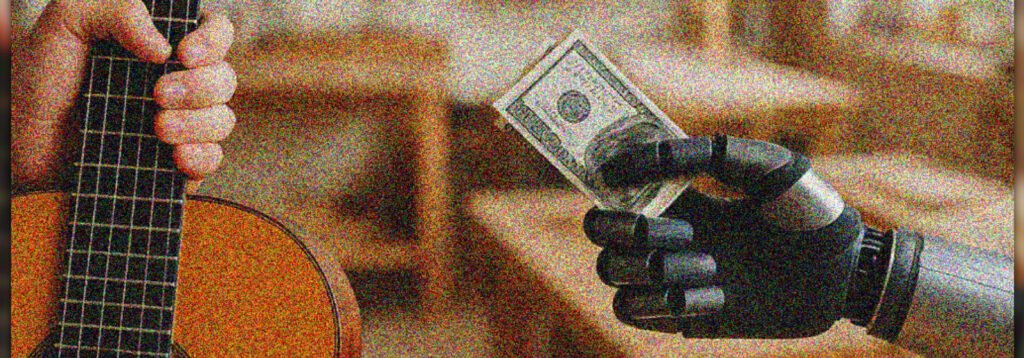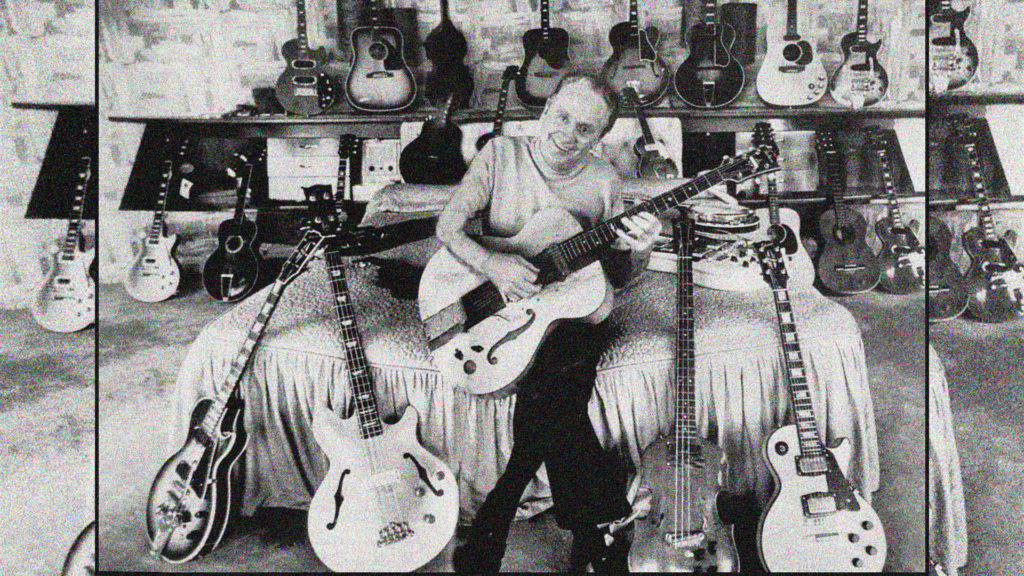P90 Pickups:
The Raw Sound
Of The Guitar
The P90 remains one of the most beloved pickups among musicians and luthiers. Not only for its tone, but also for its honest structure, which directly translates every detail of the design, the winding, and the performer’s touch.te.
This article offers an in-depth journey through its operation, materials, and evolution, aimed at those who don’t settle for simply knowing it “sounds raw,” but want to understand WHY. In addition, we include a technical video by Ricardo Lira for Maderas Barber, showing how to build a P90 from scratch.
And since this issue of Luthier Magazine is dedicated to Les Paul, we couldn’t fail to mention that it was precisely in his 1952 Goldtop model where the P90 found one of its first homes.
What Makes a P90 Unique

The P90 is a single coil, but it sounds and responds like no other. The key lies in how it is built.
Its coil is wide and low, allowing it to capture a larger area of string vibration. This translates into more midrange content and less extreme brightness. It uses two bar magnets (Alnico II, IV, or V) mounted beneath the coil, in contact with six steel screws that act as pole pieces. These screws are adjustable and channel the magnetic field toward the strings.
The result is a more extended magnetic field, greater coupling with the strings, and a stronger signal than a Strat-type single coil, though without reaching the compression level of a humbucker. The sound has a fast attack, dynamic response, pronounced mids, and a natural saturation that starts to emerge even with the volume set halfway.
But beyond its structure, what ultimately defines a P90 is its winding. On average, it has between 8,000 and 9,500 turns of AWG 42 wire. The more turns, the higher the output and midrange… but at the cost of clarity.
A looser winding (scatterwound) preserves harmonics and openness, while a tighter winding (layered) sounds more focused. The type of wire enamel (Plain Enamel, Formvar, Polysol) and the winding tension also play a role.
Finally, the choice of magnet type changes the overall character:
Alnico II: Smooth, ideal for jazz or blues.
Alnico IV: Balanced, with controlled harmonics.
Alnico V: Aggressive, with fast attack and saturation.
Soapbar vs Dogear:
Just for aesthetics?
Although they may seem like mere casing variants, the difference between soapbar and dogear can affect the possible height relative to the strings. The soapbar allows for vertical adjustment, making it more versatile on solid bodies. The dogear, common on hollowbody guitars like the Epiphone Casino, is fixed at a set height, so the instrument’s design has an even greater influence on the final response.
Guitars That Made History
with the P90
- Gibson Les Paul Goldtop (1952-57): The P90’s debut on a solid-body guitar.
- Les Paul Junior and Special: Raw, direct, unfiltered.
- SG Special: Townshend’s weapon in the ’70s.
- Epiphone Casino: Hollowbody with dogears, used by Lennon and Harrison.
Guitarists Who Play with P90 Pickups
Pete Townshend

With his SG Special equipped with P90s, he defined The Who’s explosive sound. His playing style found in this pickup an ally for projecting dynamics, aggression, and clarity.
11 Dec., 1968, the Rolling Stones Rock and Roll Circus, con Gibson SG Special-P90.
Gustavo Cerati
It’s common to see Gustavo Cerati using P90s. One of the most iconic cases is during the recording of Luis Alberto Spinetta y las Bandas Eternas, where Cerati used a 1959 Fender Jazzmaster to record “Bajan” and “Té para tres”.
Marc Ribot
From free jazz to experimental punk, Ribot relies on P90s for their ability to respond to every nuance of his touch. They sound sweet or biting, depending on the moment.
Handcrafted Construction:
The Maderas Barber Video
with Ricardo Lira
In this video produced for Maderas Barber, luthier Ricardo Lira demonstrates how to wind a P90 from scratch using the kit available in the store. Covering everything from assembling the base to the final test, this content is perfect for luthiers with experience in electronics who want to experiment with designing their own sound.




